What Is Etsy? A Guide on How to Sell on Etsy for Beginners
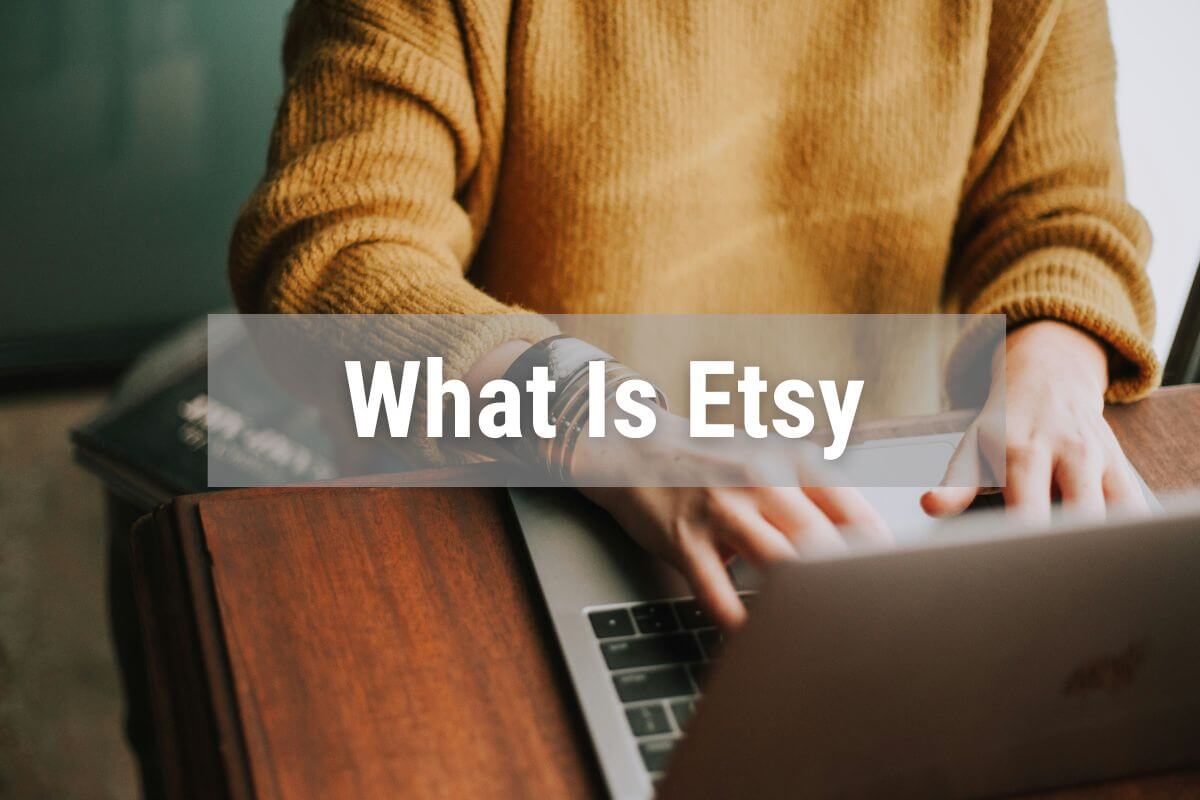
Are you a craftsperson and looking for an e-commerce platform to sell your unique goods? Then, Etsy is the perfect platform for you!
But what is Etsy? If you’re from the United States, you’ve probably heard about Etsy since it’s an American company.
Etsy is an e-commerce platform like Amazon and eBay. However, compared to these two, Etsy is more of a “creative” online marketplace that primarily focuses on selling handmade, vintage, custom, and unique items.
If you’re a beginner looking to understand what is Etsy all about and how to sell on this platform, this article will guide you through the essential steps.
What Is Etsy?
Etsy is a creative online marketplace where you can buy and sell handcrafted, customized, or personalized products, as well as vintage or collectible items. So, it isn’t exactly the place for resellers or wholesalers of mass-produced goods. But there are a few exceptions. You can sell non-handmade items on this platform, such as craft supplies and tools, since Etsy is all about supporting creative entrepreneurs.
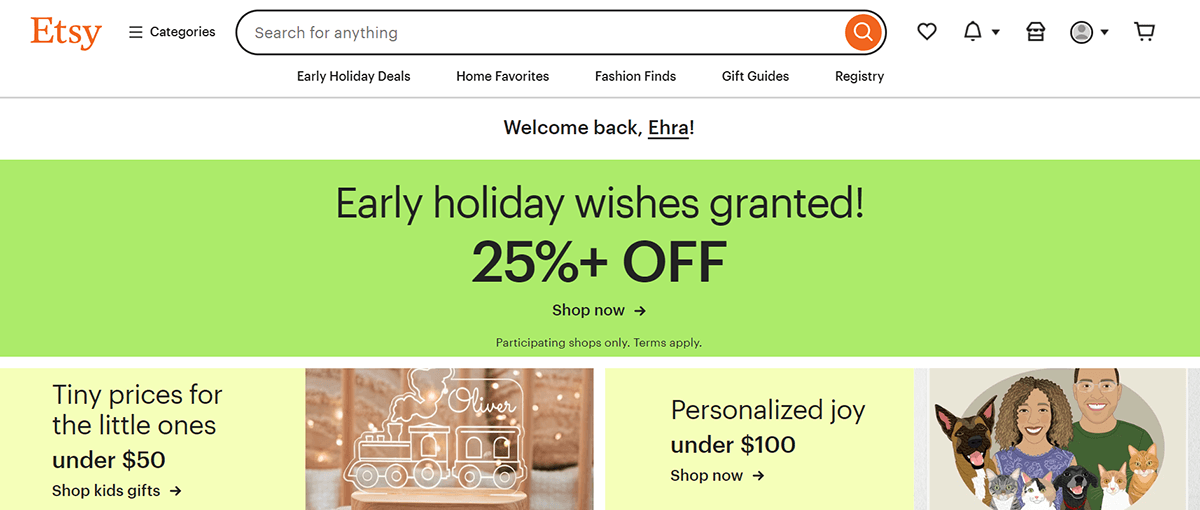
If you’re interested in how Etsy came about, its founders—Rob Kalin, Chris Maguire, Haim Schoppik, and Jared Tarbell—recognized a gap in the online market for handmade goods and decided to fill it. So, they launched Etsy in 2005. And here’s a fun fact: Etsy originated from the Italian words “eh, si” which sound like “etsi” and means “Oh, yes!”
The e-commerce platform started as a small community of independent artists, crafters, and collectors. Over time, Etsy has evolved and expanded its reach, becoming a thriving marketplace that connects creators with a global audience.
What Countries Are Eligible to Sell on Etsy?
To determine whether it’s worth your time to explore and sell on this online marketplace, we’ll provide information on the countries where Etsy is available.
Etsy’s website traffic is predominantly from the United States, as it is its primary home country and target market.
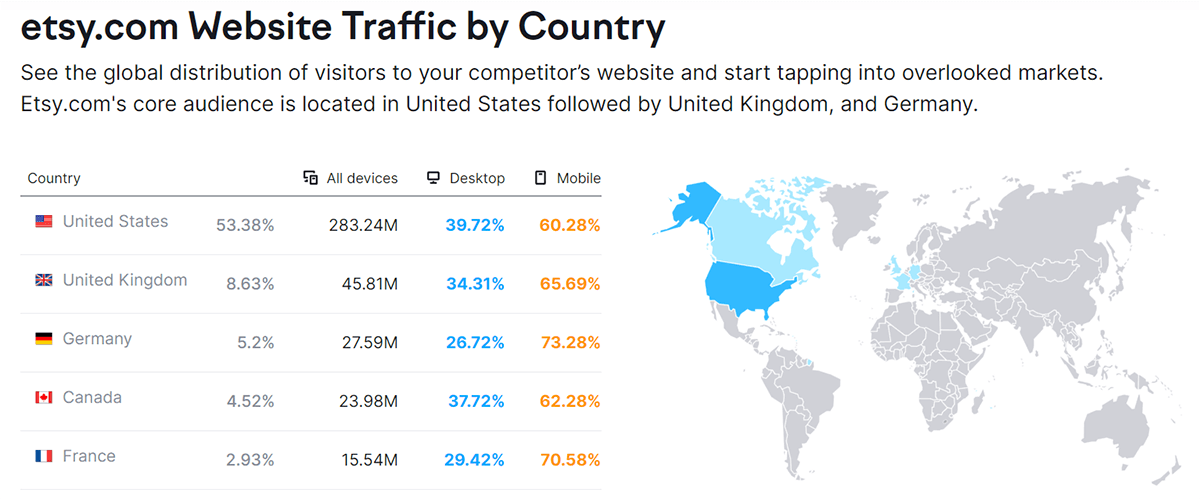
However, through the years, Etsy has expanded its global presence and now supports the following countries:
*The following data is directly sourced from Etsy’s official website.
| Argentina | Luxembourg |
| Australia | Malaysia |
| Austria | Malta |
| Belgium | Mexico |
| Bulgaria | Morocco |
| Canada | Netherlands |
| Chile | New Zealand |
| Croatia | Norway |
| Cyprus | Peru |
| Czech Republic | Philippines |
| Denmark | Poland |
| Estonia | Portugal |
| Finland | Romania |
| France | Singapore |
| Germany | Slovakia |
| Greece | Slovenia |
| Hong Kong | South Africa |
| Hungary | Spain |
| India | Sweden |
| Indonesia | Switzerland |
| Ireland | Thailand |
| Israel | Türkiye |
| Italy | Ukraine |
| Japan | United Kingdom |
| Latvia | United States |
| Lithuania | Vietnam |
If you see your country on the list, you can sell and make money on Etsy! The only thing left for you to do is to open an Etsy shop.
How to Sell on Etsy? How to Open an Etsy Shop?
Opening an Etsy shop is relatively easy. If you’re already familiar with setting up an Amazon or eBay store, the process for Etsy is almost the same. Here are the steps to get started with selling on Etsy:
Step 1: Register an Etsy account
Visit https://www.etsy.com/sell and click “Get started.” From there, you’ll be asked to sign up or register with your Google email, Facebook, or Apple accounts — whatever you prefer.
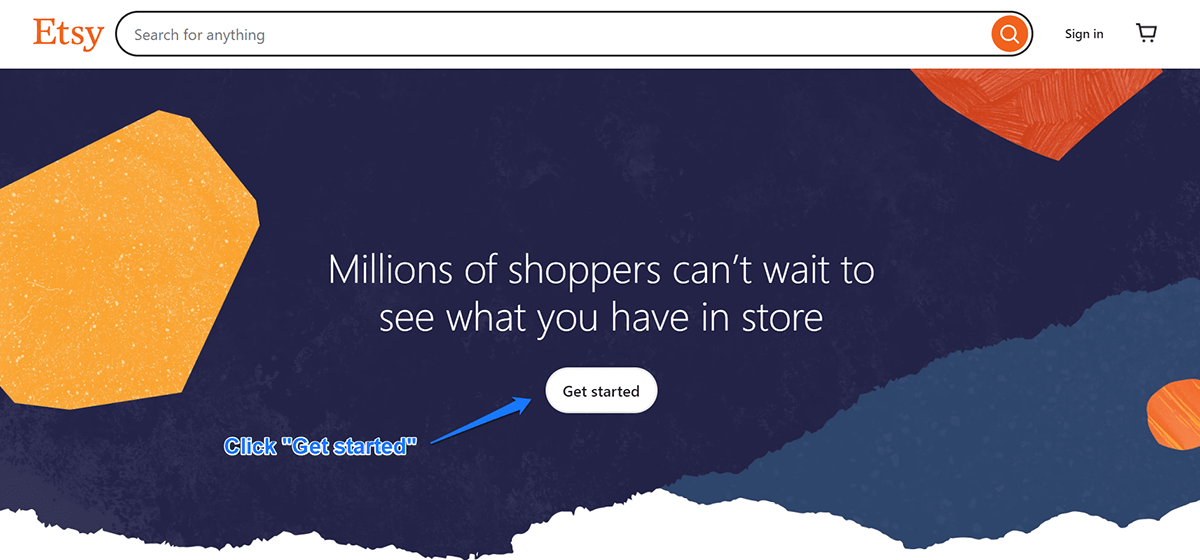
Step 2: Answer a couple of questions
Once you’re done registering, Etsy will redirect you to a “Welcome” page. Click “Let’s do this,” and the platform will ask you a couple of questions to help personalize your selling experience.

Etsy will ask about your purpose for joining their platform and the specific assistance you require, allowing them to offer relevant help resources.
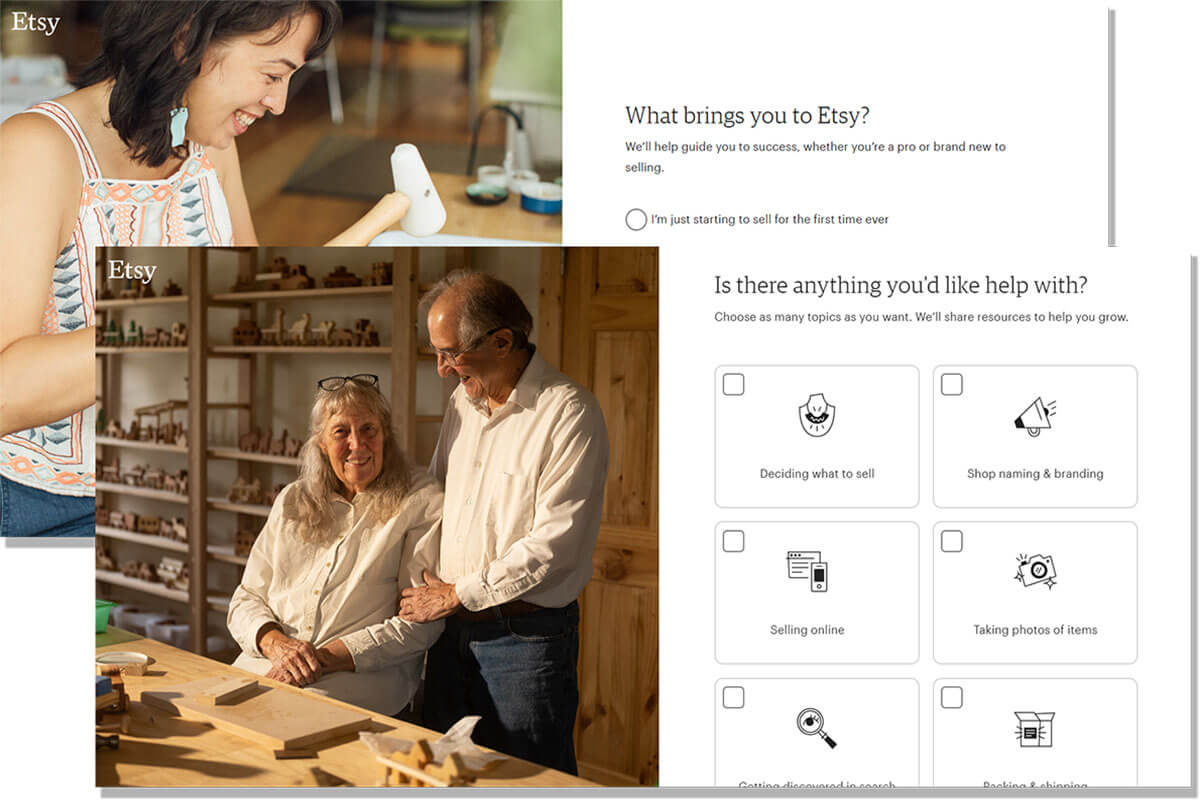
Step 3: Set your shop preferences
After answering Etsy’s questions, you’ll be redirected to a new page similar to the one below:
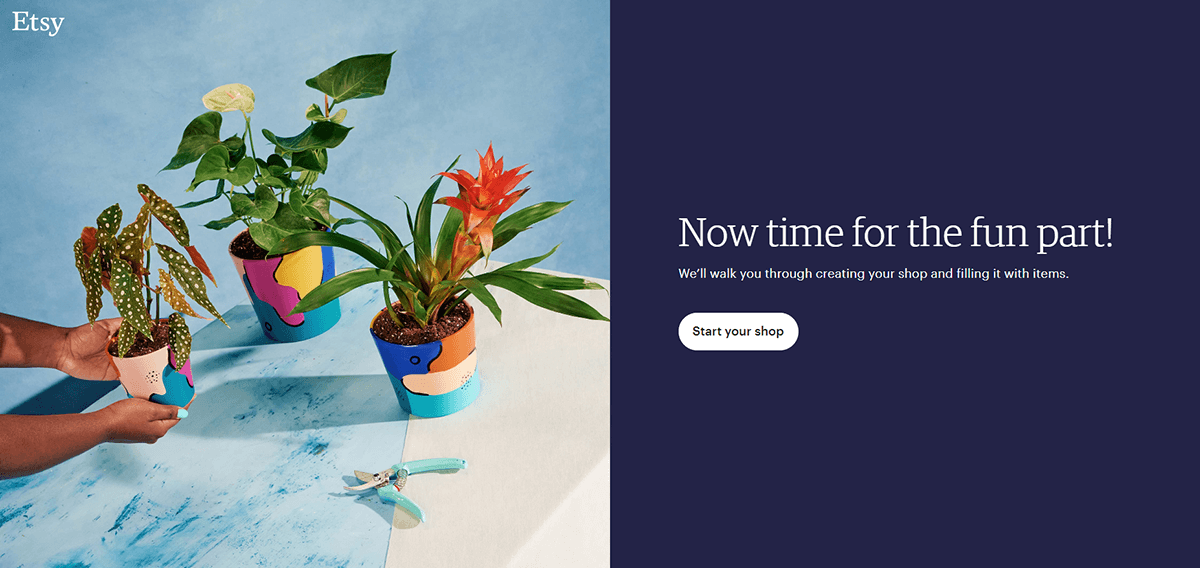
Click the “Start your shop” button, and with that, the actual process of creating your Etsy shop begins.
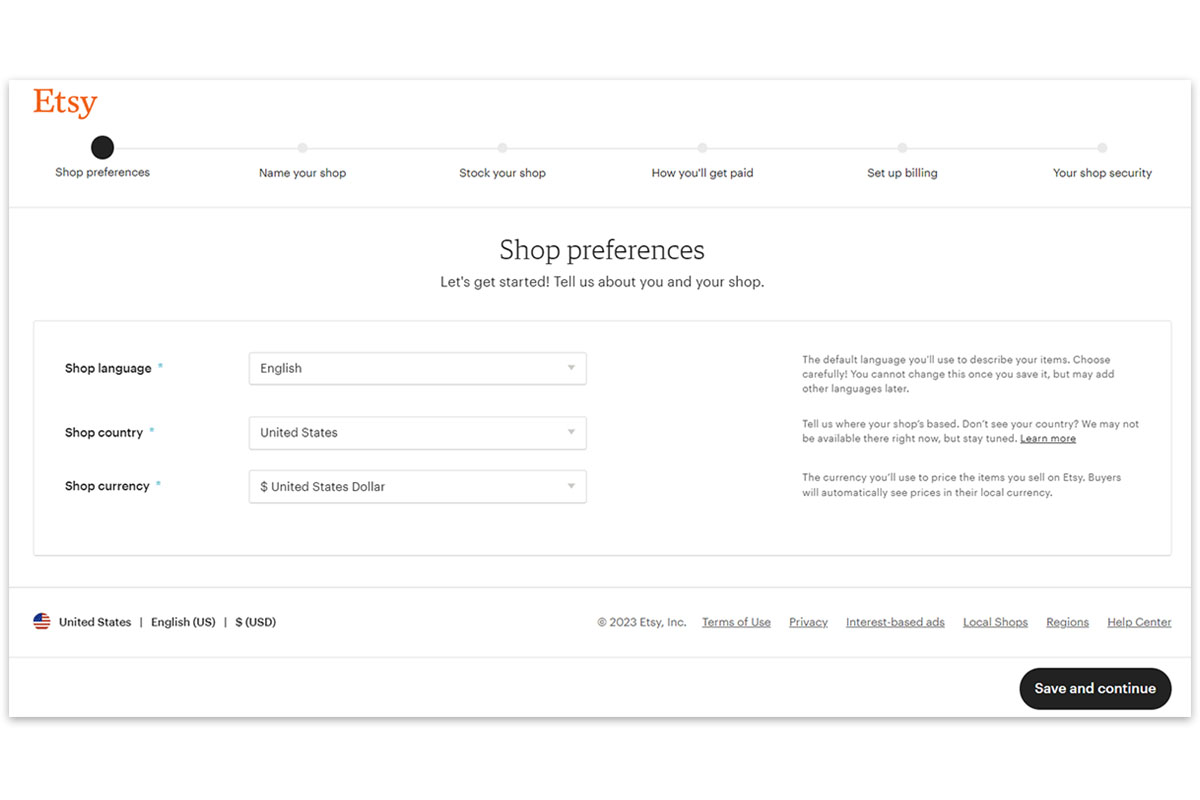
First, complete the “Shop preferences” fields. These include your shop’s language, country, and currency. Click “Save and continue.”
Step 4: Name your Etsy shop
Once you’re done setting your shop preferences, Etsy will ask you to decide a name for your shop.
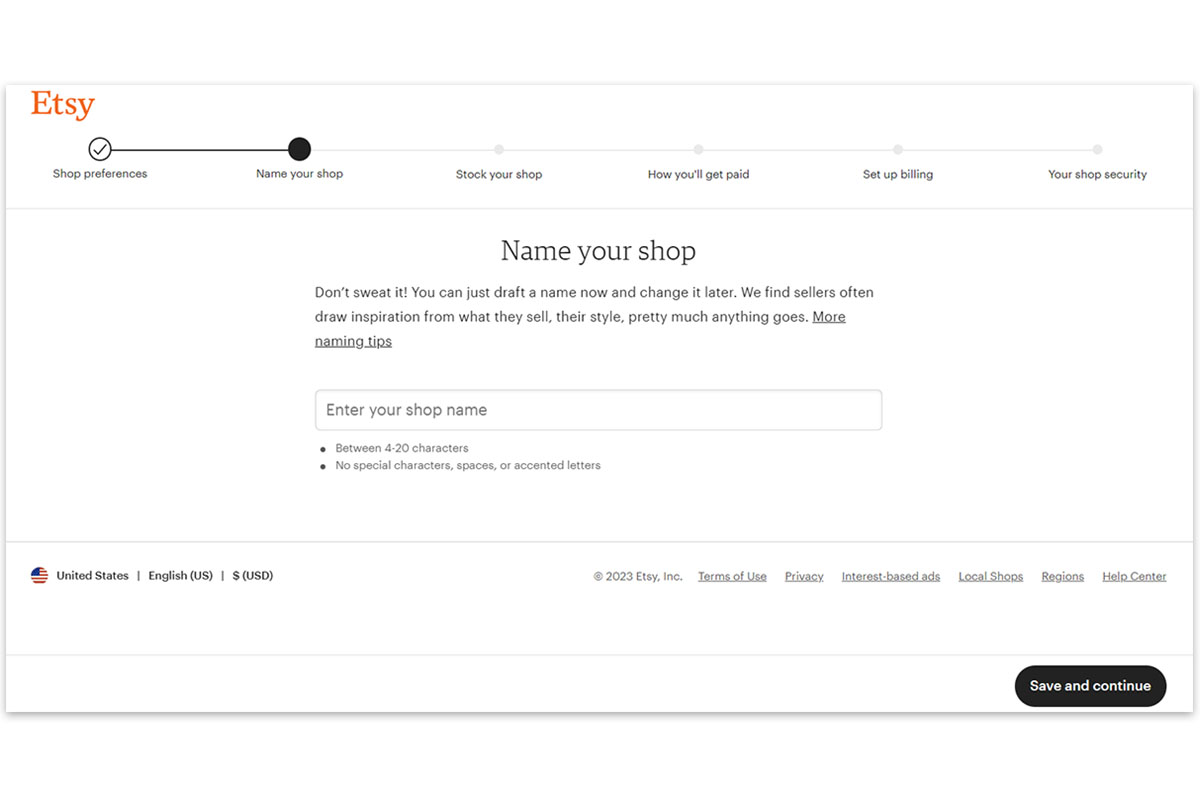
When naming your Etsy shop, it should meet the following criteria:
- Must be between 4-20 characters
- Must not contain special characters, spaces, or accented letters
Anyway, if you haven’t decided on a name for your shop yet, you can always do it later. Refer to our complete guide on how to change your Etsy shop name.
Step 5: Create and publish your product listings
After naming your Etsy shop, you can now stock your shop and post your product listings.
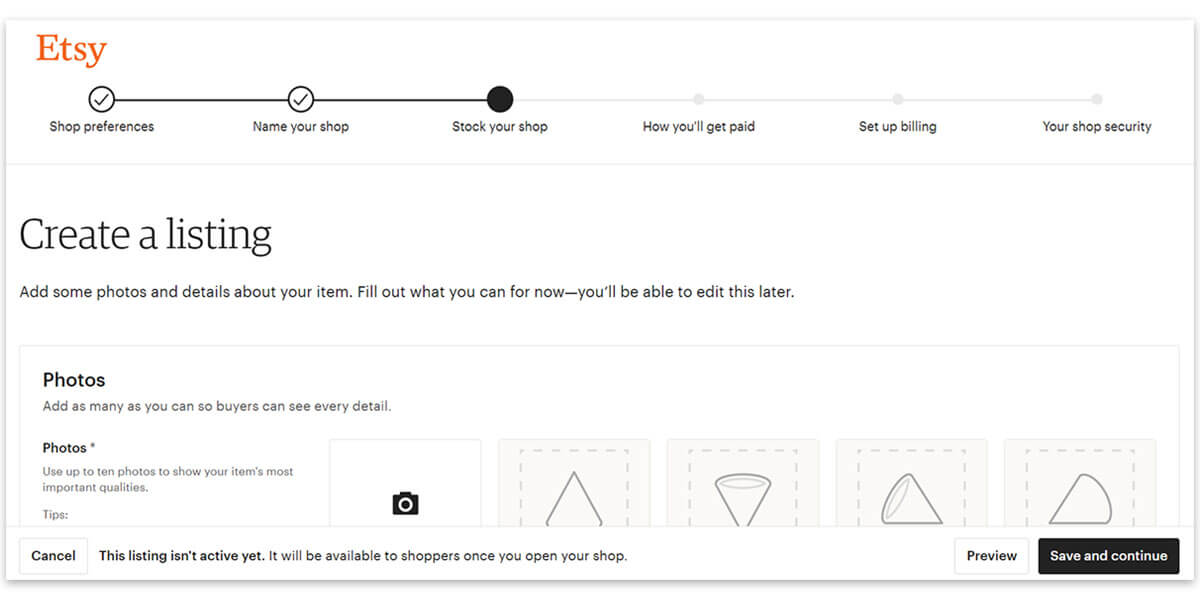
However, a word of caution: you might feel overwhelmed by all the necessary information for your listing. To help you navigate this, we’ve compiled the required fields for you to focus on. Here they are:
-Upload at least 1 product photo
-Create product title
-Answer the “About this Listing” fields:
- Who made it? (I did, A member of my shop, Another company or person)
- What is it? (A finished product, A supply or tool to make things)
- When did you make it? (Made to order, Recently, Vintage)
-List your product in the correct category
-Choose renewal options:
- Automatic
- Manual
-Indicate product type:
- Physical
- Digital
-Write a product description
-Display product price
-Indicate product quantity
-Complete shipping details:
- Country of origin
- Original postal code
- Processing time
- Standard shipping/delivery time
These are all the required fields for your product listing on Etsy. And the rest are optional, like adding product videos, product tags, SKUs, etc.
For the sake of completing your Etsy seller account, you can just create a single listing and add more listings later.
Important Note:
Creating a seller account on Etsy is FREE. But creating a product listing is NOT. Etsy charges a flat fee of 0.20 USD for each listing you publish, regardless of whether you make a sale or not.
Step 6: Set how you’ll get paid
Once you’ve published your product listing, Etsy will prompt you to set up your payment method so you can receive payments when someone orders from your shop. Etsy will request certain personal information, bank details, and your preferred payment options.
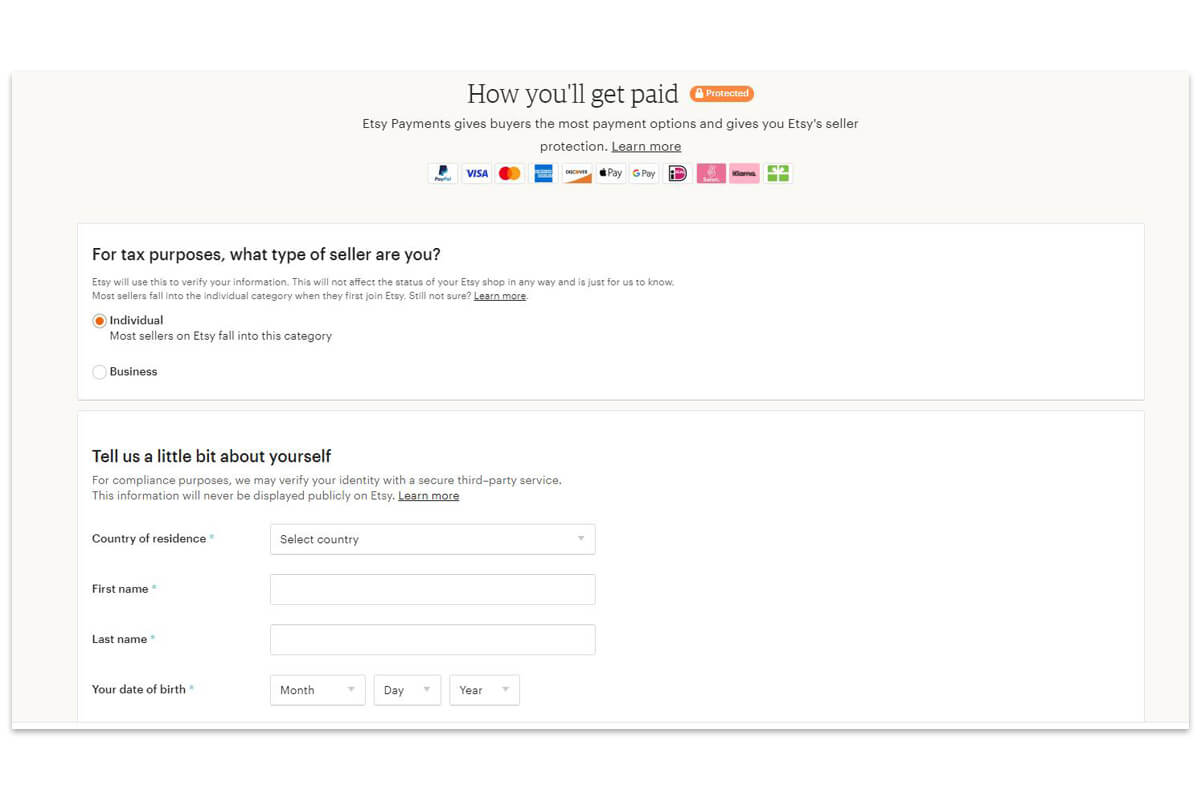
The steps to set up payments may vary depending on your location. According to Etsy’s Payments Policy, sellers can accept payments through whatever options are available in your country, such as the following:
- Authorized credit and debit card transactions
- Select bank transfer services
- PayPal
- Etsy Gift Card
- Etsy Credits
- Etsy Coupons
- Apple Pay
- Google Pay
- Klarna
Step 7: Complete your billing details
After providing your payment details, the next step is to complete your billing information. The process is quite similar. Etsy may request your personal information, credit card and bank details, and tax information.
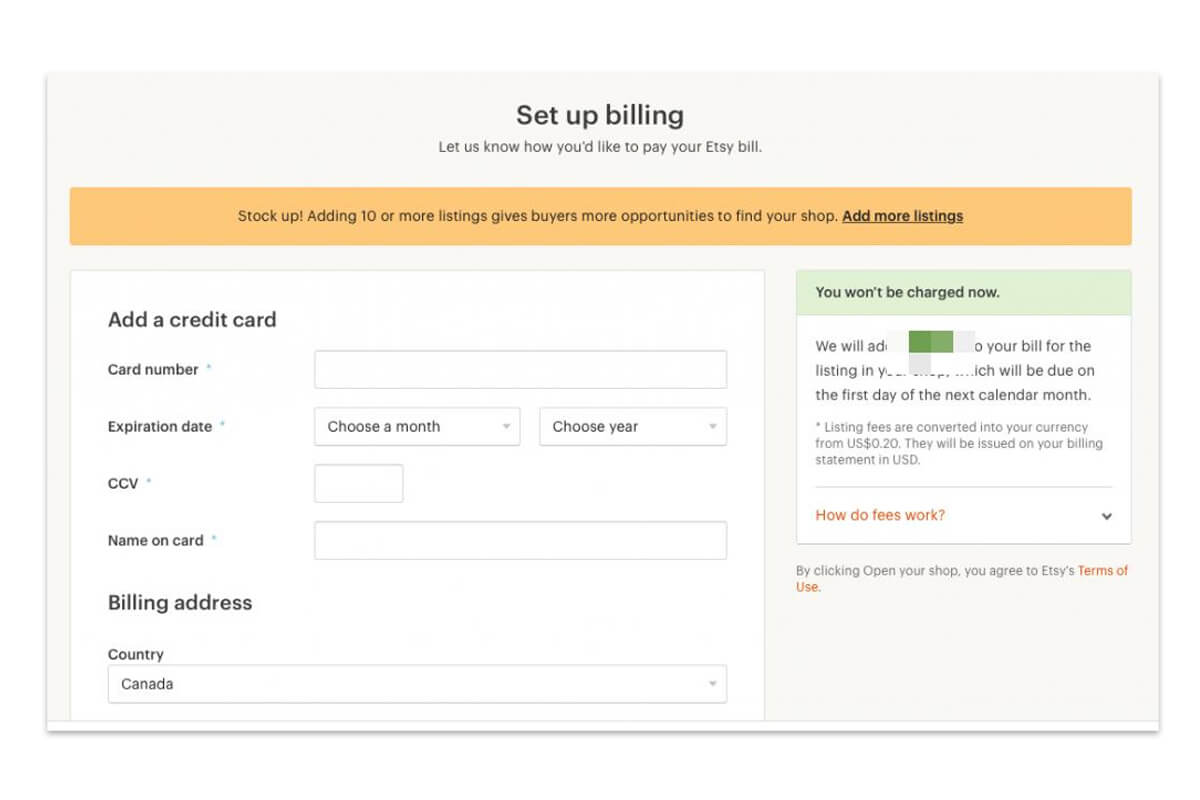
Step 8: Establish security measures for your Etsy shop
You’re almost done setting up your Etsy shop! Just a heads up, Etsy now requires you to enhance your shop’s security by turning on 2-factor authentication. This helps keep your shop safe from any cyber threats. For an added layer of security, consider using a VPN suitable for multiple devices to safeguard your online shop.
If you log in from a new browser or device, Etsy will send you a code to confirm if it’s really you. You can get this code through:
- An authenticator app on your Android or iOS device (Recommended)
- An SMS (Text)
- A quick phone call
Step 9: Fix the appearance of your storefront
Upon completing steps 1-8, you’re all set to start selling on Etsy. However, your shop currently appears somewhat bare. Like physical stores, refining your digital storefront is crucial to attracting more customers. To set up your shop effectively, ensure you complete the following tasks:
- Add a distinctive shop logo and banner.
- Craft a compelling “Announcement” to welcome visitors.
- Provide detailed information in your shop’s “About” section, including what it offers, its story, and its vision and mission. You’re also allowed to showcase photos and videos in this section.
- Introduce your shop members with individual pictures to enhance trust.
- Clearly outline your shop policies, covering order, shipping, return/exchange, and refund policies.
- Complete your shipping profiles for seamless operations.
- Add more product listings.
What Can I Sell on Etsy?
Congratulations! Now that you’re done opening your Etsy shop, let’s explore the items you can sell. According to Etsy, you can sell the following items on their platform:
1. Handmade items
Etsy allows selling handmade items as long as they’re made or designed by YOU. However, reselling handmade items made by other people is not permitted.
Examples of handmade items you can sell on Etsy:
- Handmade jewelry
- Crocheted items
- Custom artwork
- Handmade candles
- Customized bath and soap products
- Handcrafted home decor
- Personalized stationery
- Print-on-demand products
- Handmade toys
- Homemade food and edible items (customized cookies, homemade jams, custom tea blends, etc.)
2. Vintage items
You can also sell vintage items on Etsy, but they must be at least 20 years old or are no longer being manufactured or sold elsewhere.
Examples of vintage items you can sell on Etsy:
- Vintage clothing
- Antique furniture
- Vintage jewelry
- Vintage home decor
- Collectible toys
- Classic cameras
- Antique paintings
3. Craft supplies
Etsy also allows the selling of craft supplies or tools that help in the creation of an item or special occasion.
Examples of craft supplies you can sell on Etsy:
- Beads and jewelry
- Party hats
- Fabric and textiles
- Paints and brushes
- Paper and stationery supplies
- Baking and cake decorating supplies
4. Digital products
On Etsy, you can sell digital products, too! Similar to their regulations for handmade physical goods, you must be the creator or designer of your digital products.
Examples of digital products you can sell on Etsy:
- Printable artwork
- Digital invitations
- Digital prints
- Ebooks
- Digital planners
- Clip art and illustrations
- SVG files
- Photoshop brushes
- Printable stickers
In conclusion, you can sell a variety of items on Etsy, provided they conform to the specified major categories such as (1) handmade, (2) vintage, (3) craft supplies, or (4) digital products. Furthermore, your products must align with Etsy’s Top Level Categories, which include the following:
- Accessories
- Art & Collectibles
- Bags & Purses
- Bath & Beauty
- Books, Movies, & Music
- Clothing
- Craft Supplies & Tools
- Electronics & Accessories
- Home & Living
- Jewelry
- Paper & Party Supplies
- Pet Supplies
- Shoes
- Toys & Games
- Weddings
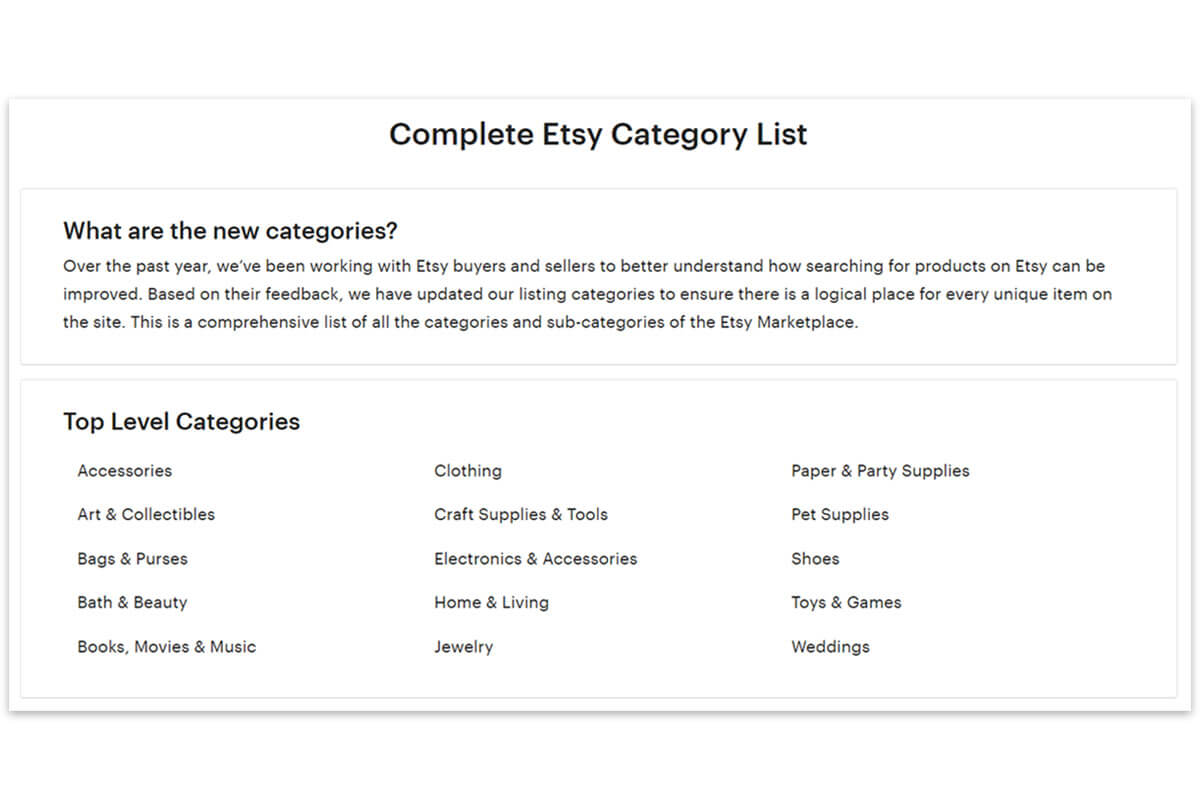
On the other hand, certain goods are restricted from being sold on Etsy. To familiarize yourself with the list of prohibited items, please refer to Etsy’s Prohibited Items Policy.
Frequently Asked Questions (FAQs)
1. Is selling on Etsy free?
Selling on Etsy isn’t free. Each product you list has a flat fee of 0.20 USD. Editing a listing, however, is free of charge. Listings on Etsy expire every 4 months, requiring a renewal fee of 0.20 USD. However, sellers subscribed to Etsy Pattern are exempt from these charges. For more information about Etsy’s listing fees, visit their Fees & Payments Policy page.
2. Is selling on Etsy worth it?
Although selling on Etsy isn’t free, selling on this platform is still worth it. Based on statistics, Etsy had 96.2 million active buyers in the second quarter of 2023. So, that’s a lot of exposure for your products, especially if you’re targeting an international market.
Nevertheless, customers won’t automatically flock to purchase your Etsy products. You have to aggressively promote your products to attract potential buyers. Check out our article on the best tips for boosting sales on Etsy! Discover strategies to enhance the visibility of your product listings and drive increased sales.
3. Can I sell on Etsy without a physical inventory?
Yes, you can sell on Etsy without a physical inventory. You can sell print-on-demand (POD) products with the help of Sup Dropshipping. POD products are items that are created and produced as orders are received. Examples of products that can be printed on demand are t-shirts, sweaters, mugs, tote bags, tags, etc. Check out this article to help you kickstart your print-on-demand business on Etsy. It also teaches you how to integrate Sup Dropshipping into your Etsy shop for free.
Summary
Did our article answer your most basic questions on what is Etsy all about? If you’re a craftsperson, a collector, or a creative entrepreneur in general, Etsy is the best online marketplace to connect with buyers who appreciate unique and customized items!
If you want to sell on Etsy with minimal capital, you can try starting a print-on-demand business. Etsy allows POD products as long as you have original designs and they’re not copied or stolen. So, if you’re looking for a trusted POD supplier, contact Sup Dropshipping.
About the Author

Jack Han
Jack is a SEO manager and blog writer at Sup Dropshipping. He holds an MA in Linguistics and Education. He has over 10 years experience in E-commerce, and 5 years of experience in SEO. Jack is an enthusiast to share his recent knowledge learnt from peer experts in the industry.
6 responses to “What Is Etsy? A Guide on How to Sell on Etsy for Beginners”
-
Hi I am not living in those countries you refer for etsy warehouses.i live in Saudi Arabia.i can do this work through your American platform.
-
Hello Hina, you can do dropshipping business wherever you live.
You can set up a store to sell to the USA from our US warehouse.-
Hello I live in Türkiye can I offer from your company
-
Hello Ahmend, yes you can.
We can ship your order to Turkey, and if you order large bulk of goods, the shipping fee can be more cost-effective!
-
-
-
-
Thank you for the valuable information. As far as I know, Etsy’s algorithms are somewhat strict. Are there any registration methods that could make my store stronger to avoid being banned? For example, would creating the account with company documents be beneficial?
-
Hello, thank you for comment. Please obey to Etsy rules to keep your store away from being banned. Creating a store with business license is only another way of selling, it will not do you any good when you violate Etsy’s rules.
-

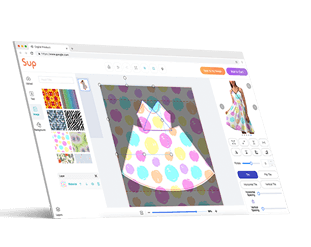
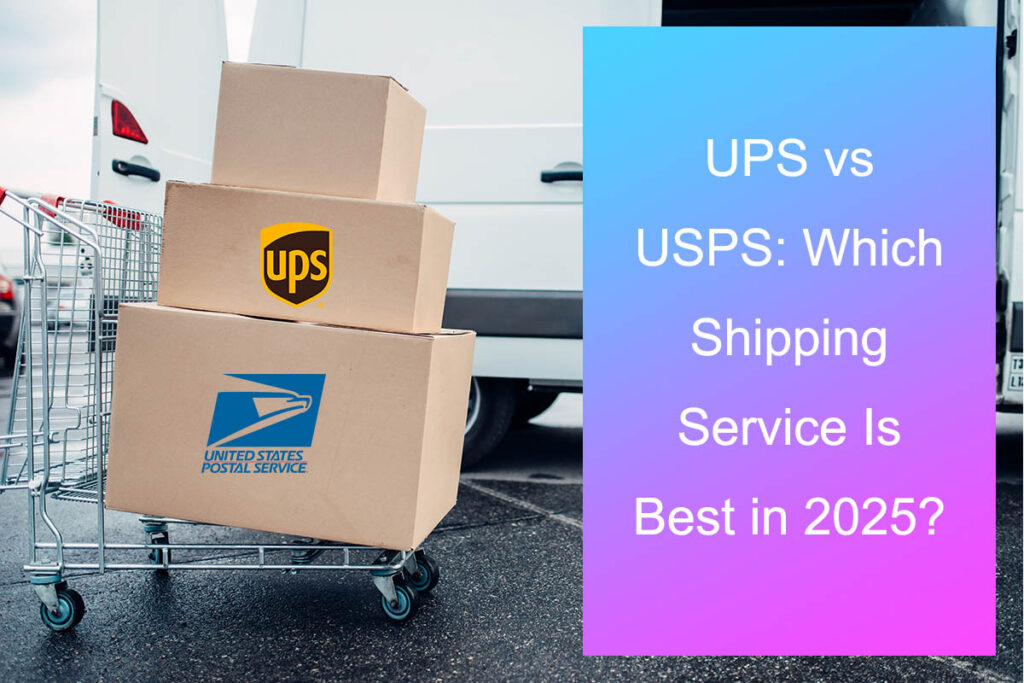

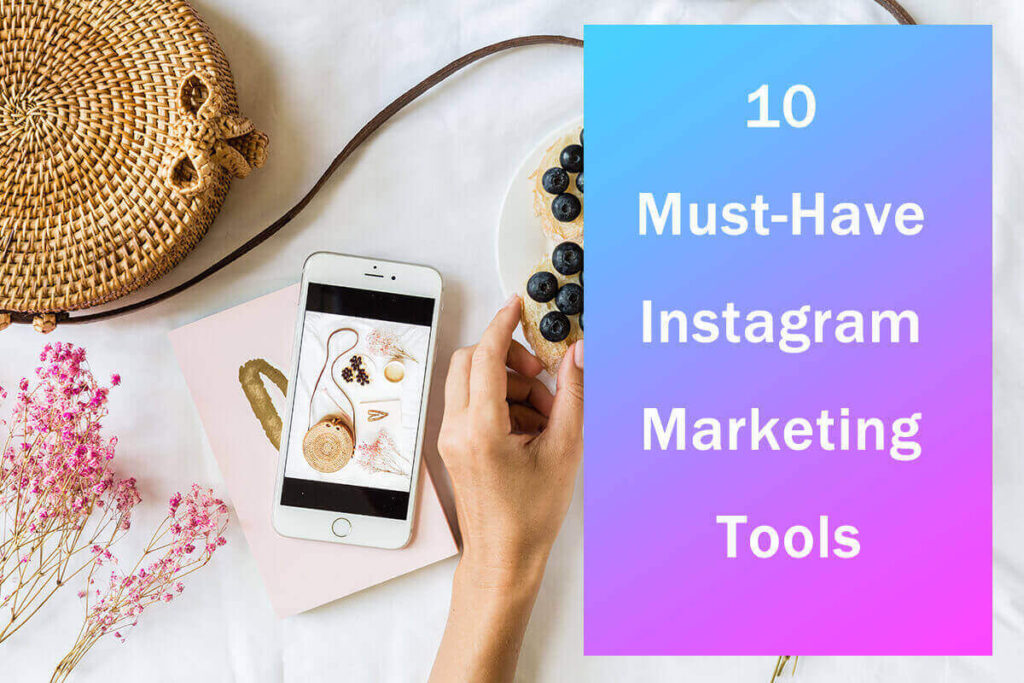
Leave a Reply